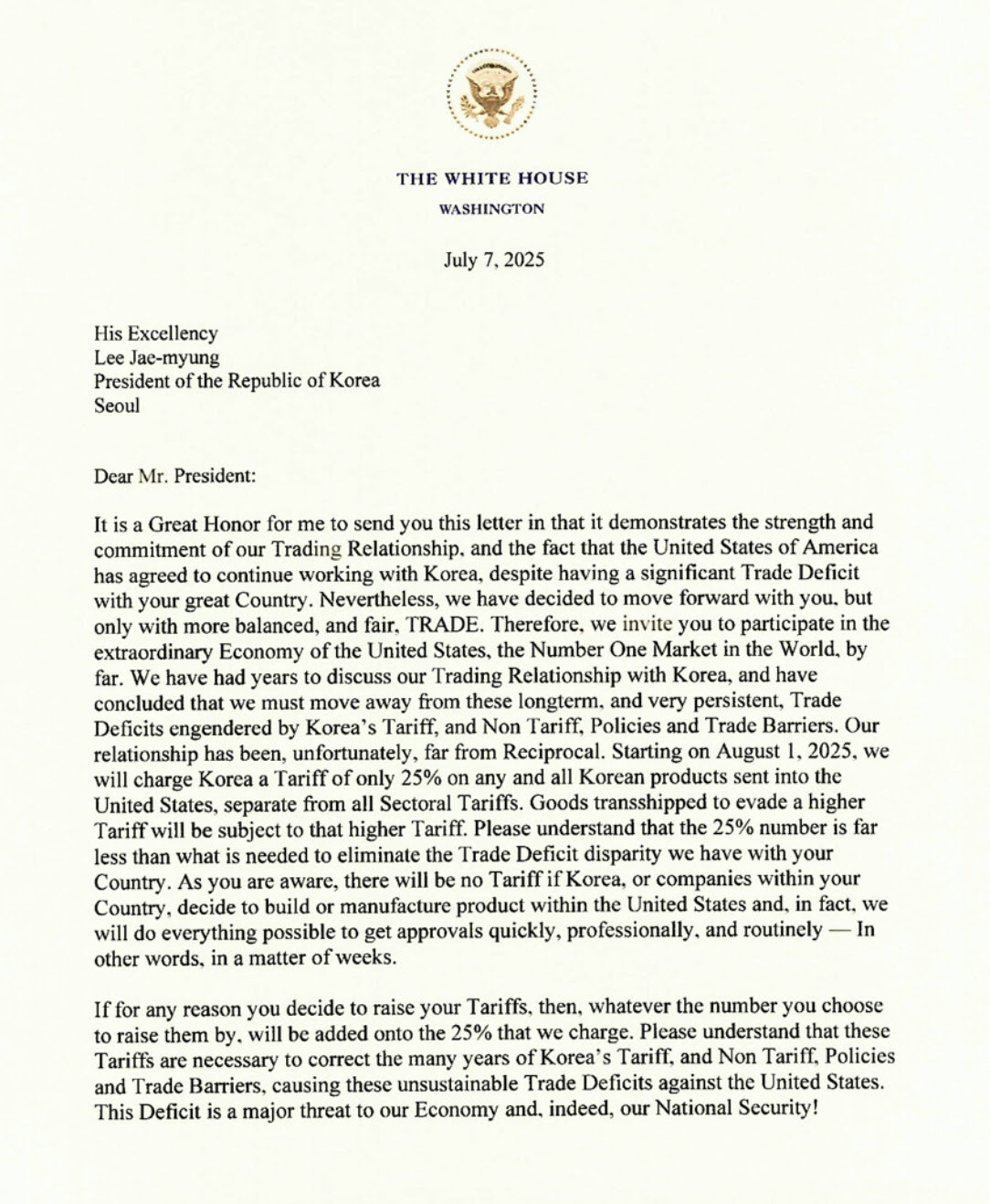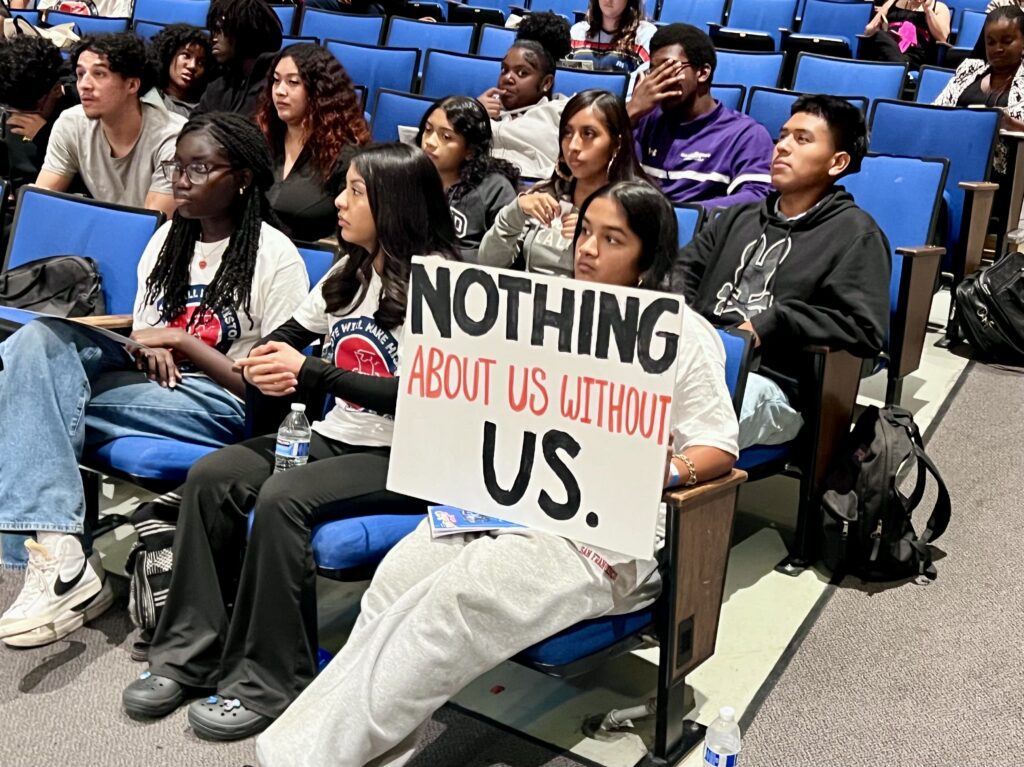Trump has an almost mystical view about tariffs. He thinks that they are a payment that a country makes to the U.S. in return for selling their products here. He thinks that the U.S. will collect so many billions in tariff payments that the government can keep cutting taxes. He doesn’t understand that the cost of tariffs is paid first by American retailers, but ultimately by consumers. Tariffs mean higher prices for everything that is imported.
He apparently never learned in high school about the Smoot-Hawley tariffs of 1930, which led to retaliation and ultimately contributed to the Great Depression.
Nobel Prize-winning economist Paul Krugman has some lessons for Trump. Given Trump’s belief in his own great intellect, it’s doubtful that he’s interested in learning anything new.
Krugman writes:
Many investors seem to have deluded themselves into believing that Trump was done disrupting world trade, and some economists, myself included, were hoping that we wouldn’t keep having to write about stupid, feckless trade policy. But here we go again.
By now we were supposed to have scores of trade deals signed. Instead… Trump began posting letters on Truth Social (diplomacy!) telling a variety of countries that they would face high tariffs on Aug. 1. The first two letters were to South Korea and Japan, both told that Trump would put a 25 percent tariff on all their exports. Some countries are facing even higher tariffs. Overall, the tariff rates announced so far look very close to the widely ridiculed Liberation Day tariffs announced on April 2.
Honestly, I’ve written so much about tariffs that it’s hard to find new things to say. But let me offer a few notes on where we seem to be now.
These tariffs are really, really high
One way to look at the newly announced tariffs is in the light of history. The infamous Smoot-Hawley tariff of 1930 pushed the average tariff rate to about 20 percent. So far every country that has received a letter will be facing rates higher than that.
Another way to look at it to ask how much we would expect these tariffs to reduce trade. The key number is the elasticity of substitution in world trade — the percent fall in imports caused by a one percent rise in import prices. The median estimate from many studies is 3.8, which implies that in the long run 25 percent tariffs will reduce trans-Pacific trade by almost 60 percent. That’s a lot.
Side note: If I were a government employee, this post would probably be flagged for DEI because I just used the word “trans.”
There were never going to be genuine trade deals
These tariffs are going to hurt South Korea and Japan, although they’ll hurt U.S. consumers even more. So why didn’t Korean and Japanese negotiators make big enough concessions to satisfy Trump?
Because there was nothing for them to concede. South Korea has had a free trade agreement with the United States since 2012, so most U.S. exports to Korea face zero tariffs. Japan, like other wealthy nations, has very low tariffs on most goods. Neither country, then, was in a position to offer big tariff reductions, because their tariffs were already minimal.
Here’s part of Trump’s letter to South Korea, alleging that the country’s “Tariff, and Non Tariff, Policies and Trade Barriers” are responsible for the bilateral trade imbalance:

Notice that Trump offered no specifics — because there aren’t any. How were the South Koreans supposed to end unfair trade practices that exist only in Trump’s imagination?
Here’s an analogy that occurred to me: Imagine that you have a belligerent neighbor who threatens to take revenge unless you stop dumping trash on his lawn. You reply, truthfully, that you aren’t dumping trash on his lawn. His response is to accuse you of being intransigent and slash your car’s tires.
The only possible out here would be a series of fake deals, in which countries pretend to have offered significant concessions and Trump claims to have won big victories. Some people still think that will happen — the new tariffs aren’t supposed to take effect until Aug. 1. But the tone of those letters and Trump’s clear obsession with tariffs make me doubt that he’ll call the tariffs off, in part because of my last observation: Attempts to mollify Trump always end up emboldening him to demand more.
Why make a deal with a man who will surely break it?
As I already mentioned, South Korea and the United States have had a free trade agreement (KORUS) since 2012. This agreement wasn’t some vague memorandum of understanding. It was the result of years of tough negotiation, followed by intense political debate in both countries before our respective legislatures passed the enabling legislation.
Yet Trump is simply ignoring that hard-won agreement. His letter to the South Koreans doesn’t even mention KORUS, let alone explain why the United States is reneging on its solemn promises.
Japan doesn’t have a free trade agreement with the United States. But it does have Most Favored Nation status, which means that under international trade law it is entitled to face tariffs no higher than those America committed to under the last major global trade agreement, the Uruguay Round that concluded in 1994. Again, these tariff commitments weren’t embodied in some casual memorandum. They were the result of years of negotiation, whose results had to be approved by Congress.
And again Trump isn’t even trying to explain why he’s going back on a longstanding U.S. commitment.
The point is that Trump doesn’t feel bound by trade deals America has made in the past. Why should anyone expect him to honor any new deals he makes, or claims to make, now?
Obviously this behavior isn’t unique to tariffs. Many domestic institutions, from law firms to universities, have discovered that attempting to appease Trump buys you at best a few weeks’ respite before he comes back for more.
It’s possible that the governments receiving Trump’s tariff letters haven’t figured that out yet. But they will. And my bet is that the TACO people — Trump always chickens out — are wrong in this case. I’ll be happy to be proved wrong, but right now it looks as if deeply destructive tariffs are really coming.




